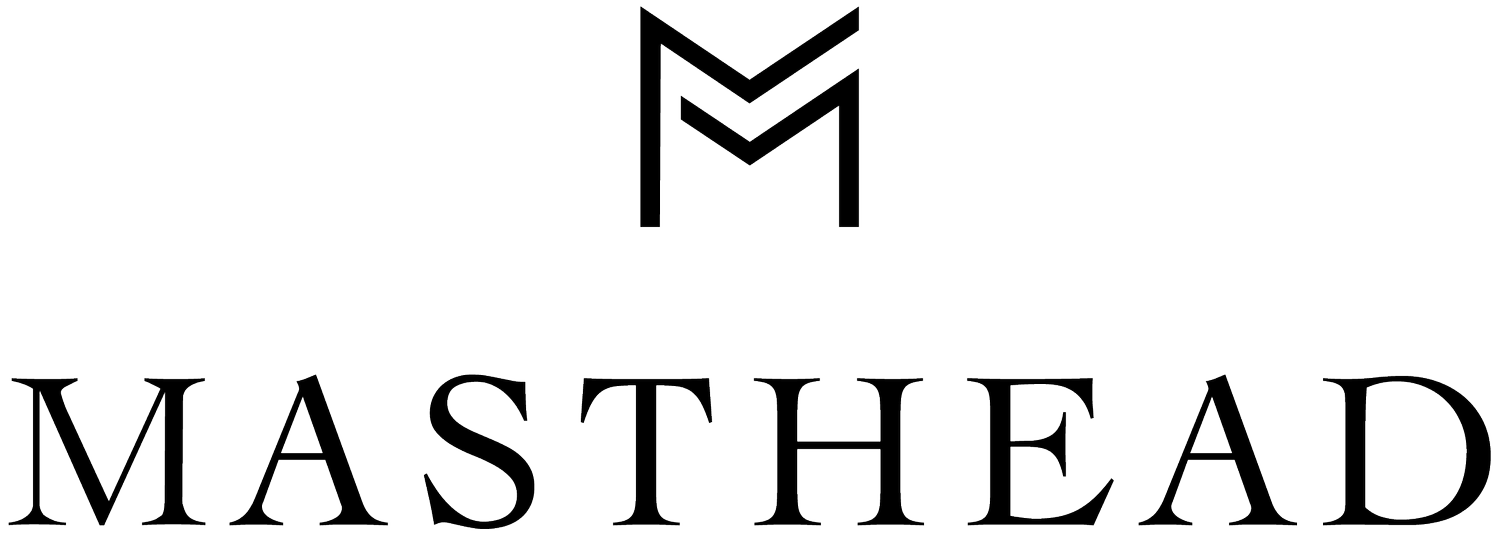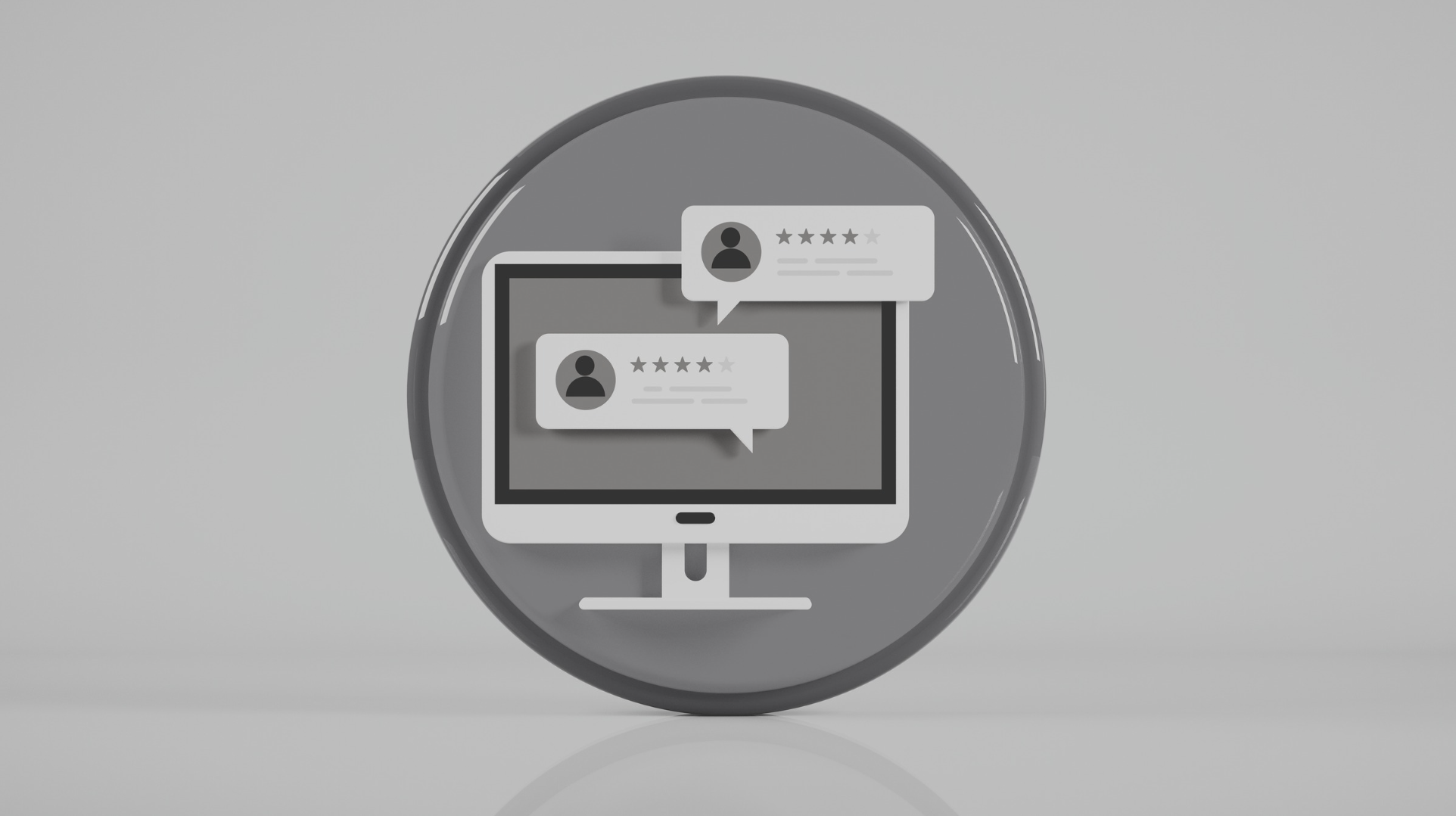These 3 Types of Customers Are Behind Your Brand’s Most Actionable Content
I discovered the value of customer testimonials before I even started my career in content marketing. Fun fact: I actually started my career as a commercial interior designer, where winning new business often hinged on including project profiles in proposals.
In order to create these, we had to include professional photos of the spaces we designed and often had to interview clients about their experience working with us. Sometimes winning a new project really came down to the inclusion of these profiles because they showed not only the breadth of experience we had working on similar projects, but they also featured real customer feedback that served as a kind of reference. This experience showed me firsthand the incredible impact customer testimonials can have on a brand.
Customer testimonials are compelling, effective, and often… elusive, especially in the B2B space. Customers might not want to speak to you, or maybe they do want to speak with you, but their own marketing teams prohibit endorsement of products/services on behalf of their company. So, when an opportunity comes along to talk to a real user, it’s important to maximize the opportunity and scale the production of content up or down depending on the scenario.
Securing Customer Stories: Getting Started
In the B2B space, gathering customer testimonials involves working very closely with your sales organization. Sales team members are typically the first to hear user feedback and have a deep understanding of their customers' businesses, enabling them to gauge whether a customer might be open to sharing their experiences with the marketing team.
Don’t have a contact within the sales organization? I would recommend proactively cultivating some relationships there. You could start with the sales department’s leader, introduce yourself and explain what you’re trying to accomplish, and hopefully, that individual can assign you a liaison within the group to work with on this initiative. My recommendation: Be very clear with your ask, and emphasize the benefit to the sales team (more leads!).
After you establish a relationship with a member or team within the sales organization, you can task them with identifying opportunities for you to pursue, which will usually fall into one of three scenarios:
A customer is so satisfied with your product or service that they are willing and able to speak publicly about it at all levels with no marketing or legal barriers.
An individual user is so satisfied with your product or service that they are willing to speak about it publicly—and their leadership gives the okay.
One or two above are true but there are barriers to publicly speaking about it due to legal/marketing policies.
Let’s talk more about those scenarios here.
Scenario 1: The Strategic Partnership
In the B2B space, we look at satisfied companies as potential strategic partners. Your product has helped them achieve real business results, or else they wouldn’t be such super fans.
Approaching these stakeholders is a no-brainer, and most likely, they will agree to speak with you regardless of what’s in it for them. But there definitely can be something in it for them.
Perhaps they want to showcase how their teams were innovative in order to attract and retain talent, or they want to highlight how their vendor choices resulted in real ROI, which looks good to investors, shareholders, or even the media. These reasons play into why they are willing to speak with you and will also help you determine what kinds of content you can create not just for you but for them, so that you create a real partnership and pave the way for future projects.
Use Case: We spoke with a customer about the adoption of our software. They had people from all over the company and at all levels who were willing and able to be on camera talking about the solutions and how they benefited from using them. These interviews were stitched together to create a short video testimonial that was to be used on our website and YouTube as a prime piece of content, but they also wanted a longer version to use at an upcoming tradeshow to promote how they innovate. So, one video became two.
The day of filming yielded so much great content that we created a third video, focusing on the technical details of the solution to target a different persona—the engineer. From the video transcripts, we also wrote a detailed case study that could be downloaded from our website or shared by our sales team via email.
From the longer videos, we were able to create several shorter teaser videos for social media that not only lived natively on LinkedIn but that drove people to watch or download the full resource.
There is future potential for blogs and additional social video content that can be developed based on these existing assets.
So, in this example, we created six pieces of content, all derived from an agreement to film one video. As an added bonus, the original video was our most viewed asset on YouTube in 2025, with over 2,000 views.
Scenario 2: The Satisfied User
Sometimes you have an individual user (in our case, an engineer) who is reliant on your products for their own individual success. It is worth asking these customers if they will speak to you on or off-camera. Often, they carry a lot of weight within their own organization, and management will approve. Then again, there might be something in it for the company – like attracting other innovative team members to the team or recruiting other individuals who already know/use the same products.
Use Case: In one instance, we had a customer who submitted a design to our annual design competition and was awarded first place. Their company was excited to receive this recognition, as it highlighted not only their innovation but the talent of their individual employee.
We were able to interview the individual and create a written case study—and then turned this into several social media posts that continue to perform well nearly two years later. Our client shared and promoted the written case study on their end as well to showcase how they support innovation and truly recognize this employee.
That person was also willing to be a guest on our podcast, so now we had not one, but two interviews to leverage for content development. The podcast transcript is in the queue to be developed into other content, which can then scale across our blog and social channels.
Scenario 3: The Anonymous Endorsement
Sometimes, people love your product but can’t publicly acknowledge the relationship. I’ve experienced this firsthand, and it can be frustrating. I’ve wanted to sing the praises of my vendor, but my company won’t allow me to do it. In this scenario, there are still options.
In some instances, customers are willing to do an interview anonymously. You can then write a success story without naming the individuals or companies. These interviews are still valuable and can result in downloadable content, blogs, and even quotes to be used on the website.
Use Case: When working for a furniture manufacturer, I was asked to interview a customer about their experience working with us and selecting our product. They were a government organization and so had limitations on what they could say, so we anonymized the story, which allowed us to showcase the product installation photos and share customer feedback but without naming the customer. This content is still used on the website today.
Maximizing the Opportunity
Customer testimonials might come along infrequently, but one interview has the potential to result in several pieces of content that can be used across a variety of channels. Learn to work with your sales team and leverage the relationships you have with customers to create a pipeline of future content that can really resonate with your target audiences.

